The advantage of volume-based algorithmic trading: A snapshot
Previous blogs have often referenced, in some form or another, the effects of Countinghouse’s trading methodology when used in a diversified portfolio. What we haven’t discussed until today, is how we manage to significantly increase ROI year by year. Rather than attempt to enter a position based on the prediction of market-movement through either price action, chart indicators, fundamentals or a blend of all three, Countinghouse instead relies on algorithmic tracking of volume to force profit. The blend of mathematics used converges from a range of theories that are rarely, if ever, applied to the financial market, which gives us a distinct advantage over purely market-based systems. We do reference worthwhile market indicators in our strategy to anchor the other mathematically-based principles, but our advantage over many traders is grounded in statistics.
The resulting volume-based algorithmic approach constantly surprises us in its ability to enter the market at the very moment a trend starts to reverse direction (See Figure One, Two and Three). If the market becomes irrational, as it can certainly do on occasion, we incorporate a statistically-based direct-hedging strategy to make the most of a sudden change in market movement, and still close in profit (Figure Four). Beyond even this loss-mitigation strategy, we watch trades for a de-risking opportunity, where we can lock in profit with a stop-loss that ends in profit, as well as the original take-profit that will yield a bigger return from the original trade. Combining these methods, our strategy has only ever had an effective drawdown of 2% and and ROI averaging 100% PA. This low drawdown and high ROI is centred largely on attentive trade-management, compounding returns through active investment strategies and, most importantly, our algorithm.
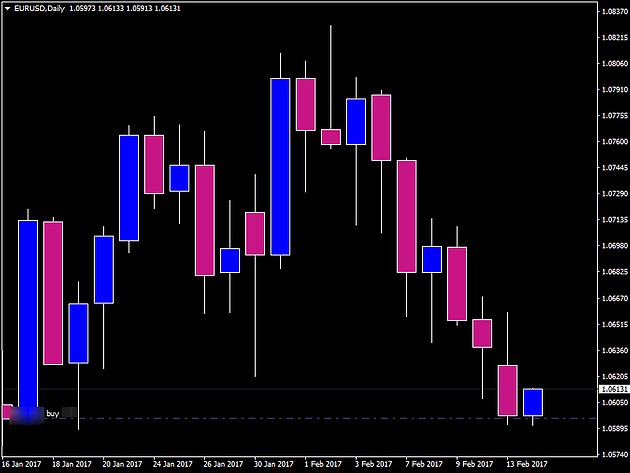
Figure One: An example of our trade entering (purple line) when the market starts reversing a trend.
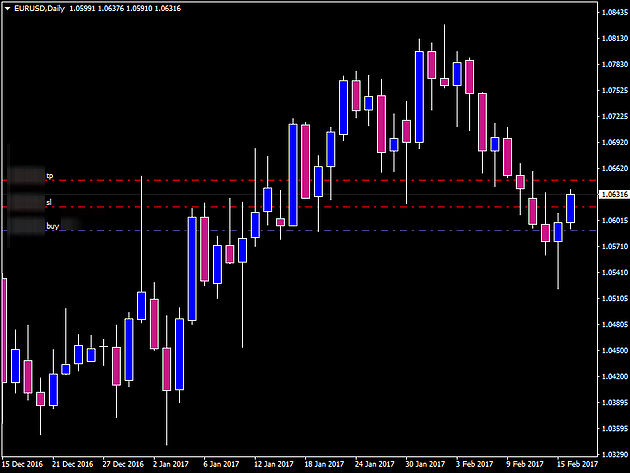
Figure Five: An example of effective trade management, implementing a stop-loss that will close in profit and a take profit above that. This is typically used to close positions before the end of the trading week.
This volume-based approach thrives in all conditions. As mentioned in our first blog, Countinghouse makes more profit the more volatile the market becomes, making us a good addition to a passive investment portfolio. Put simply, when panic-selling of shares sets in, we profit substantially from the increased Forex volume. Countinghouse is also uninterested in the effects of fundamental traders on the market. Financial announcements may push the market in ways that seem counter to the initial volume-based trend-reversal entries that we employ, but as seen in the figures below, mathematics beats prediction the majority of the time (See Figure Six, Seven and Eight). Personally, I never really get used to how our algorithm enters at times a human trader would not have considered obvious, and delivers a flawless trade as if to spite the price-action, fundamental-based trading that many Day and Swing traders employ.
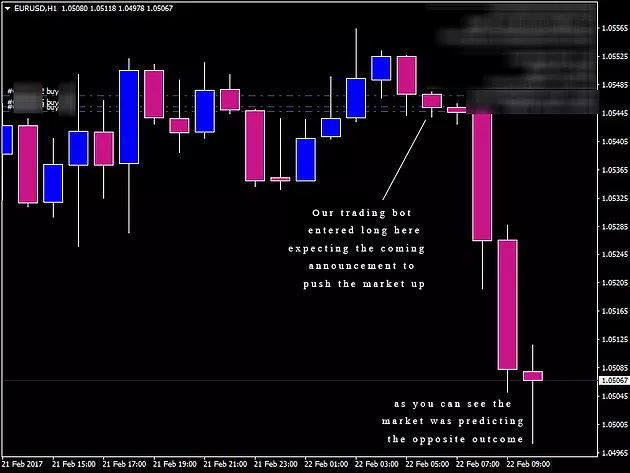
Figure Six: An example of a volume-based entry overcoming fundamental-based movement.

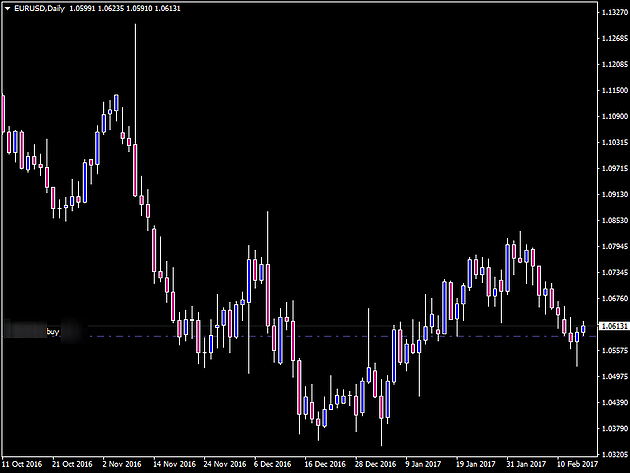
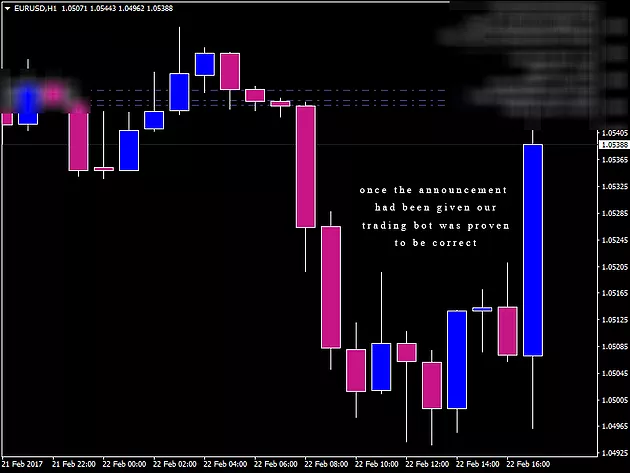

Thank you for interesting information.
Thanks for useful idea.
Tim Dawson,Mike Pomery is our Director
Visit Please : https://www.countinghousefund.com/ico
#CHT #Countinghouse #hedgefund
Tim Dawson,Mike Pomery is our Director
Visit Please : https://www.countinghousefund.com/ico
#CHT #Countinghouse #hedgefund